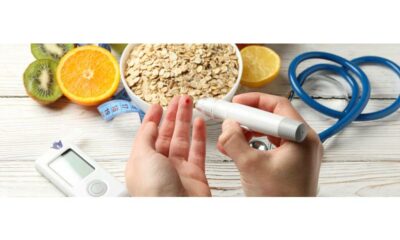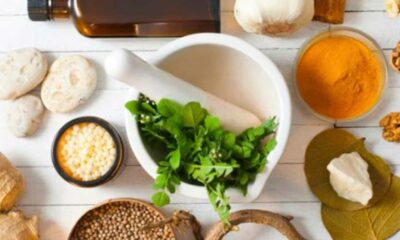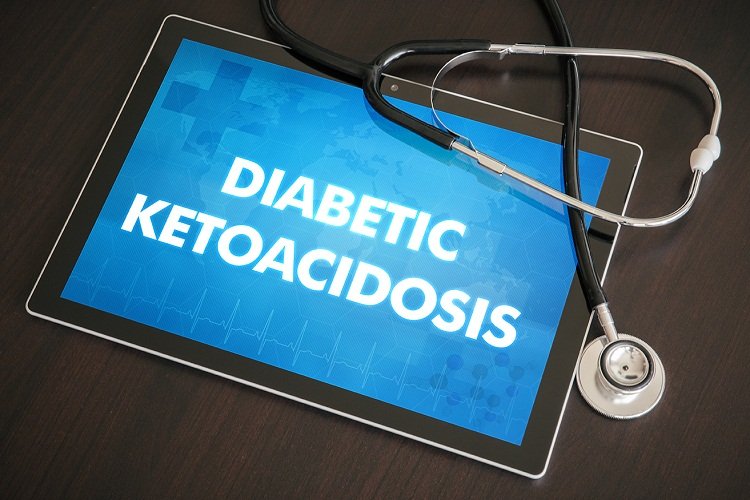Diabetology
Dietary Changes Can Prevent Future Diabetic Ketoacidosis Episodes
-

 Diabetology1 week ago
Diabetology1 week agoFasting Blood Sugar: Why It Matters for Your Health
-

 Diabetology1 week ago
Diabetology1 week agoHow to Recognize Early Signs of Insulin Resistance in Your Health Journey
-

 Diabetology2 weeks ago
Diabetology2 weeks agoHow Real-Time Blood Glucose Monitors Improve Health Outcomes
-

 Diabetology2 weeks ago
Diabetology2 weeks agoHow a Plant-Based Diet Can Help Manage Type 2 Diabetes
-

 Diabetology1 week ago
Diabetology1 week agoYoga for Glycemic Control: How Gentle Movement Balances Blood Sugar Naturally
-

 Diabetology1 week ago
Diabetology1 week agoHypoglycemia in Children: Understanding the Risks
-

 Diabetology1 week ago
Diabetology1 week agoThe Surprising Link Between Stress and Blood Sugar Levels
-

 Diabetology2 weeks ago
Diabetology2 weeks agoNatural Remedies for Diabetes: Traditional Practices That Work






